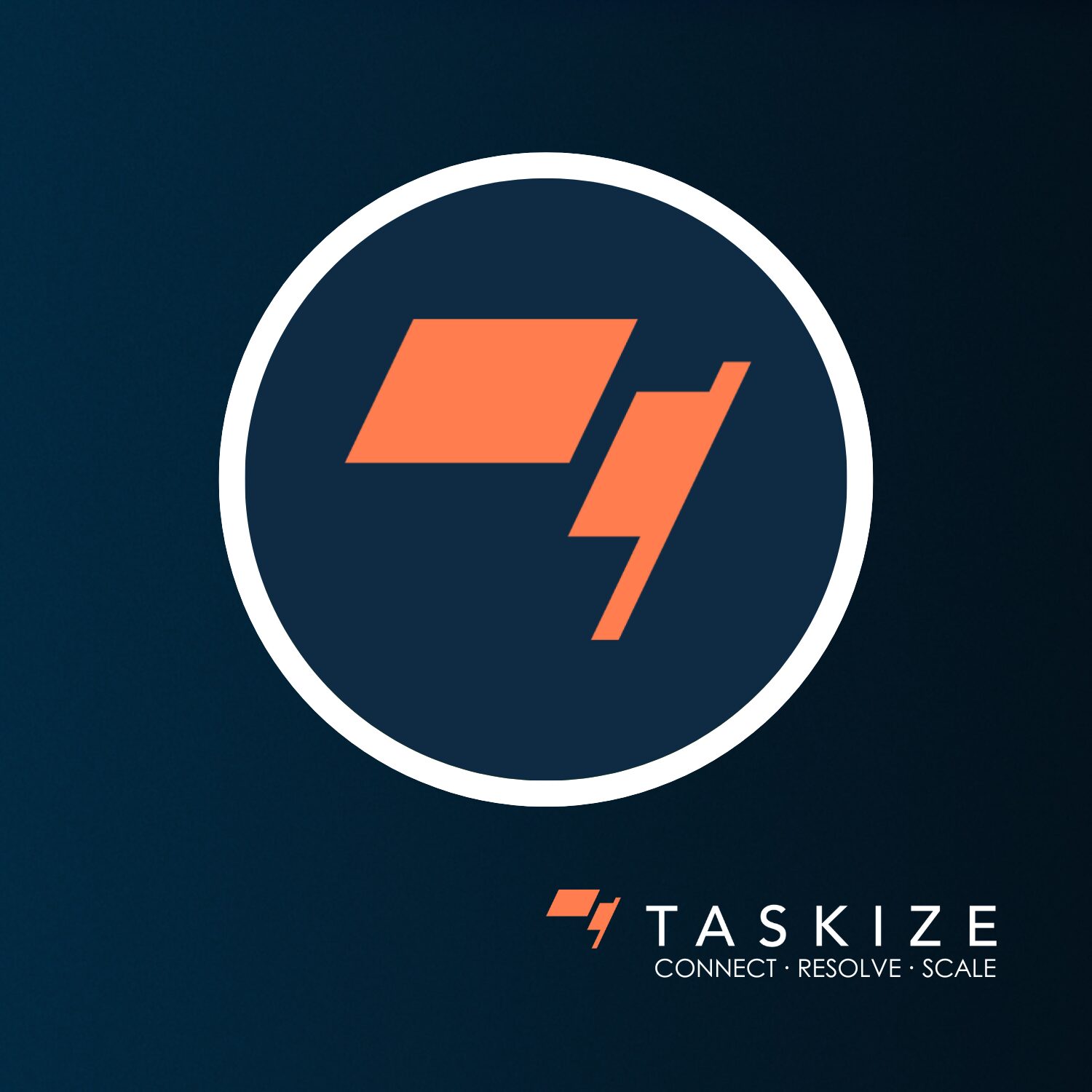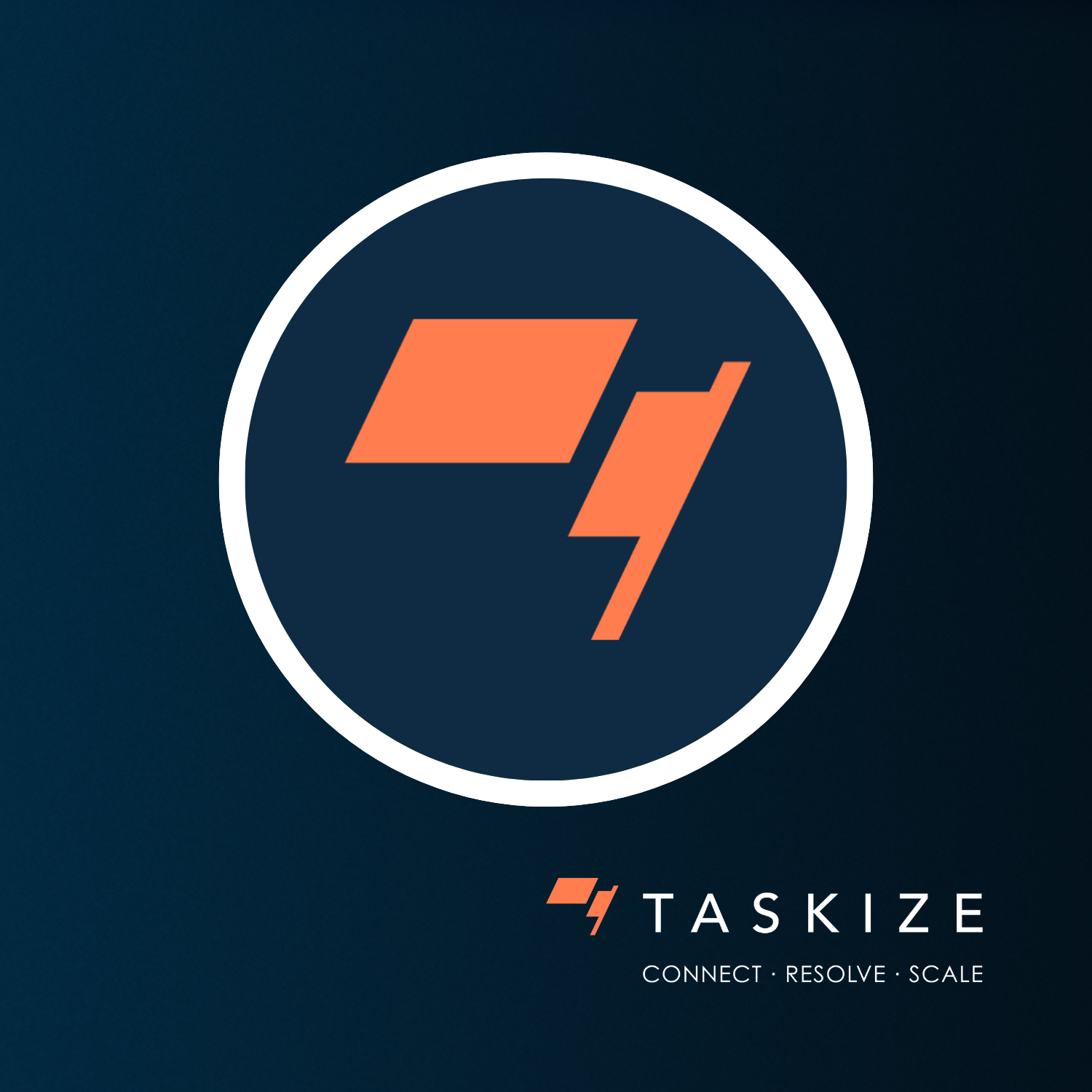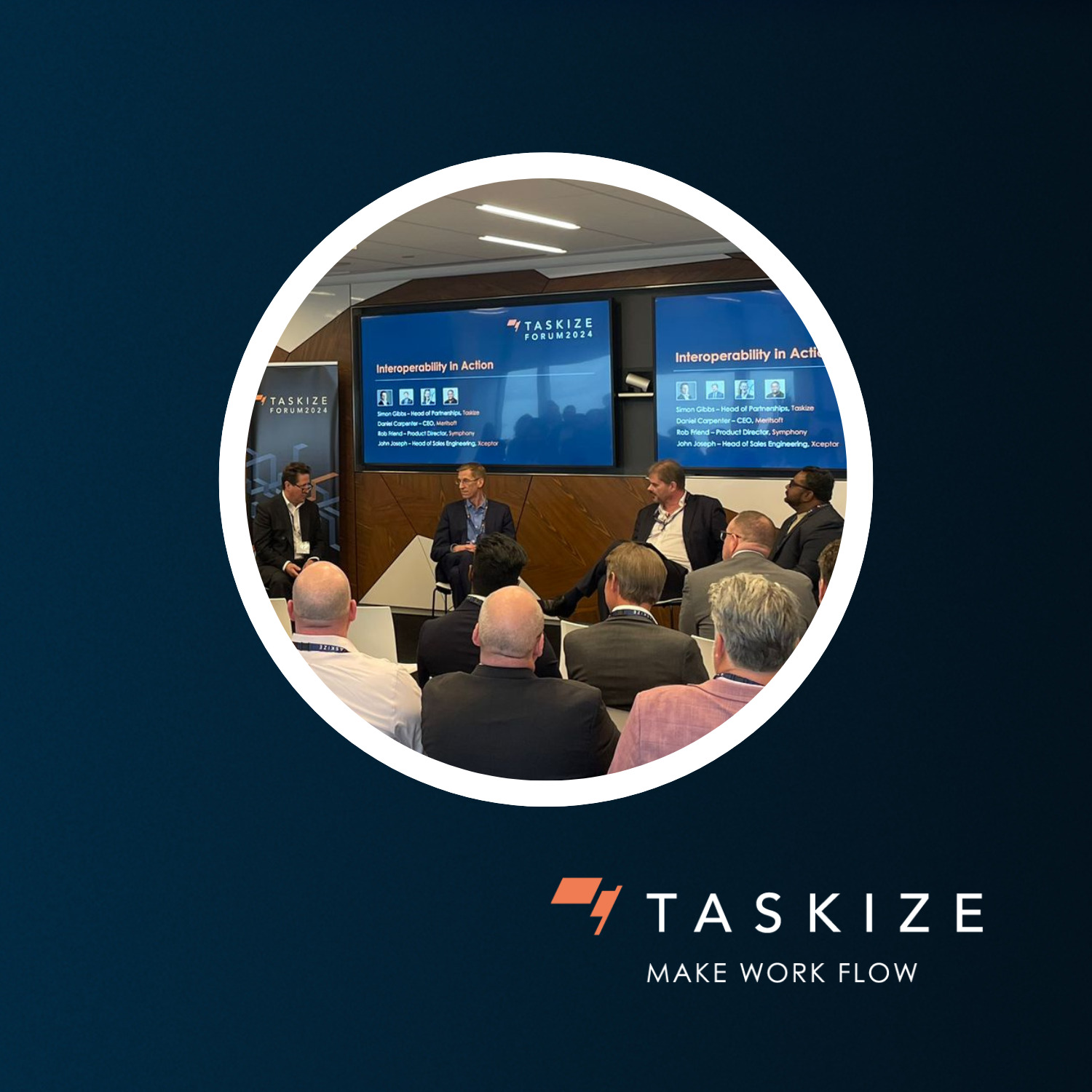T+1 takes precedent at PostTrade 360°
In two years from now, T+1 settlements will be live across most of Europe.
In the interim, financial institutions – including banks, brokers, financial market infrastructures (FMIs), asset managers and institutional investors – will need to re-align and update their pre- and post-trade operating models, if that transition is to go ahead frictionlessly.
Taskize’s James Pike reflects on some of the big talking points to emerge from the T+1 discussions at PostTrade 360° in Stockholm last month.

Determine why your trades are failing, and then act decisively
Before even thinking about planning for a T+1 framework in Europe, firms need to identify why certain trades might be going wrong, i.e. failing, in the existing T+2 settlement cycle.
“When we are looking at the Swift network, there are three main reasons why transactions fail to settle, namely a lack of securities, issues with instructions, and a lack of cash or credit,” said Jennie Baisch, Securities Expert, Swift.
Firebrand Research seems to agree – in its latest report, “Tackling Post-Trade Friction: Supporting a Global Shortened Settlement Cycle”, it revealed that 71% of firms said counterparty short positions, e.g. inventory management deficiencies, were to blame for their trade fails in 2024.
“Being able to link inventory to trading decisions at the point of execution is critically important. The problem is that inventory management is not in good shape at a lot of buy/sell-side firms firms – in some cases, asset managers may not have full visibility over their inventories, meaning they may not know if they have sufficient funds to finance a trade, or if their securities need to be recalled as they have been loaned out,” according to James Pike, Chief Revenue Officer, Taskize.
Automation will be needed if firms are to get their operations in order. This is echoed by Danny Green, Head of International Post-Trade Solutions, Broadridge:
“There are a lot of questions in the industry about whether firms can do T+1 at scale. According to a recent study by The Value Exchange, those organisations which invest in automation saw their settlement fail rates decrease, whereas those that did not invest saw their failure rates increase.”
Leading FMIs, including Euroclear, have also developed partial settlement solutions to support trade settlements, in situations where counterparties may be facing inventory shortfalls, and are unable to deliver the pre-agreed securities on time. Partial settlement occurs if both counterparties agree to settle partially – in other words, part of the quantity and amount specified in the transaction settles as planned, with the outstanding balance settling at a later date.
“At Euroclear, we have invested heavily in helping our clients mitigate their risks through tools, such as partial settlements. This includes auto-partialling, market partial release and client partial release. While these solutions provide users with extensive benefits, we see an opportunity to make even greater use for them. It was positive to hear that the EU T+1 Industry Committee’s High Level Roadmap is recommending that partial settlements be utilised as a default option during the settlement process,” commented Benedicte Degraeve, Product Manager, Pre-Settlement, Euroclear.
While problems with inventories are a big cause of settlement fails, they are not the only one.
Firebrand Research observed that a further 21% of fails happen because of data issues. If data and levels of automation are in a bad state, the impact will reverberate across the trading lifecycle, increasing the chances of settlement fails, whilst also making it harder for people wearing operations hats to spot the root causes of trade fails or breaks.
This might be someone punching in an inaccurate Standing Settlement Instruction (SSI) or people relying on static SSIs, added Firebrand Research. While industry-wide efforts to harmonise SSIs could drive about positive change, the onus is also on firms to organise their trade data better.
“Centralisation will be a key component of T+1. A lot of people will have different back office systems, so pulling data in and aggregating it all together will be key. A lot of experts are also talking about using predictive analytics to support them with T+1, but this will only work if we are carrying out predictive analytics on real-time data sets. Real-time predicting is key,” said Daniel Carpenter, CEO, Meritsoft, a Cognizant business.
Now is not the time to procrastinate
As with nearly all deadlines, they creep up much faster than people think, and T+1 is no exception.
During PostTrade 360°, experts reiterated the US T+1 transition went well – not only did trade fails remain low, but 30% of financial institutions told The Value Exchange the move went better than anticipated. But T+1’s implementation in the US was relatively painless because the industry was so well prepared and undertook rigorous systems testing in advance of the migration.
European firms need to do the same thing and were told not to become complacent, especially as the region’s capital markets and FMI terrain is significantly more complex and fragmented than the US’s. As it stands, financial firms in Europe have a lot of catching-up to do:
“The T+1 project is not going away and it is not optional. It is law in the EU and UK, and it says ‘thou shalt settle on T+1 on October 11, 2027’. Frankly, I am astounded so many people have not begun their preparations yet,” said Andrew Douglas, UK T+1 Taskforce.
He continued:
“Although the US move to T+1 went smoothly, a survey came out three months before the go-live date, which said 30% of US asset managers had done nothing to prepare for the changes. Another survey came out three months after T+1’s introduction, showing that there was a 16%-18% rise in the cost of back office staff, predominantly because firms who had not done the work to automate their systems, had to throw bodies at the problem.”
The end result will be worth the effort
T+1 is a lot of work, but the industry accepts the changes will bring a lot of strategic benefits.
A compressed settlement window will mean there is less settlement and counterparty risk, paving the way for collateral and liquidity optimisation (as there will be less margin stuck at CCPs). In fact, the European Securities and Markets Authority (ESMA) estimates CCP margin requirements will fall by around 42% post-T+1 – corresponding to savings of EUR 2.4 billion.
“The pursuit of T+1 is important as it reduces pre-settlement risk and will help our industry adapt to change. A lot of people outside of our industry cannot understand why you can order, say, a fridge online and get it the next day, but it takes two days to move assets electronically from one account to another. T+1 is critical if Europe is to keep pace with the rest of the world,” said Alan Cameron, Head of Advisory Financial Intermediaries & Corporates Client Line, Securities Services, BNP Paribas.
T+1 will also be a critical enabler for the EU to make itself more attractive as an investment destination, a point made by Giovanni Sabatini, Independent Chair, EU T+1 Industry Committee:
“For Europe, T+1 is a unique opportunity to make its markets more attractive to global investors, reduce misalignment and related costs with the US, and promote greater homogenisation. T+1 can be seen as a small component of the Savings and Investments Union, a project which is aiming to remove national specificities and promote harmonisation.”
If firms are to navigate T+1, however, they need to work with leading providers.
Taskize has a proven track record of delivering enhanced automation at firms, allowing businesses to replace email and manual workflows with something more seamless. Not only does this reduce the chances of human errors at firms, but it expedites operational processes, which ultimately translates into cost savings. The platform’s real-time data analytics is also providing a useful boost to settlement efficiency.
You May Also Like
These Related Stories

Tackling Post-Trade Friction – and the EU T+1 checklist

A Seamless Pre-Trade Experience is the Path to T+1 Compliance

No Comments Yet
Let us know what you think